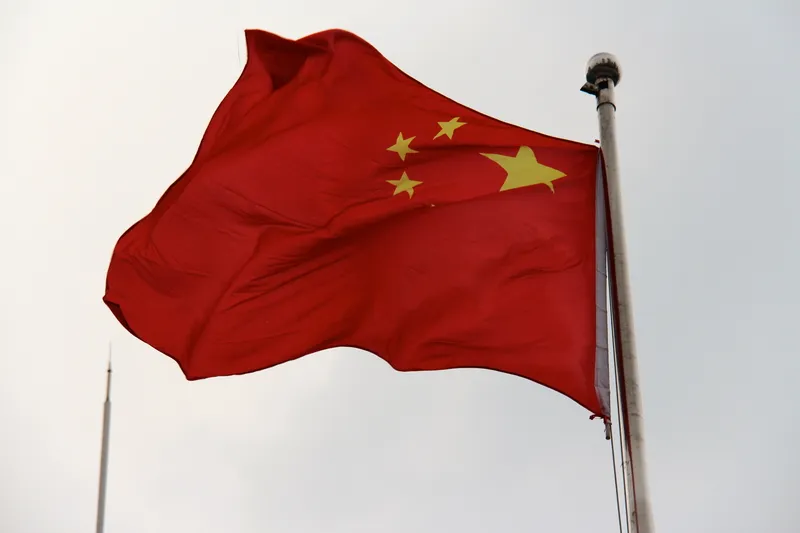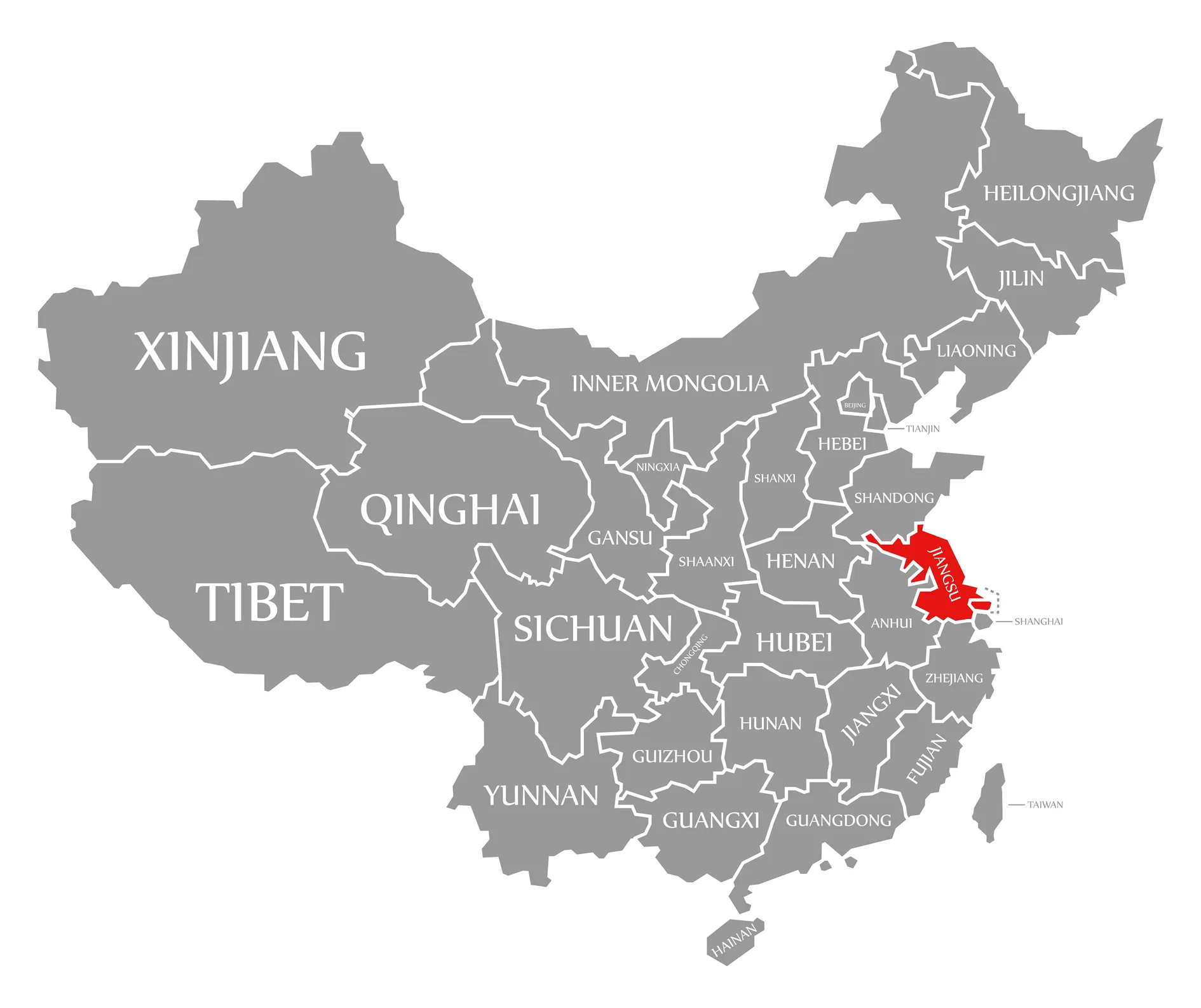In the Guangxi Zhuang Autonomous Region of China, plans have been drawn up to construct 24 expressways with a total investment of US$49.76 billion. The expressways will have a total length of 3,467km. Construction has started on the 177km Hechi-Baise expressway while the 92km Hechi-Du'an expressway has started operation. The Hechi-Du'an expressway has been designed for vehicle speeds of up to 100km/h.
September 30, 2014
Read time: 1 min
In the 5389 Guangxi Zhuang Autonomous Region of China, plans have been drawn up to construct 24 expressways with a total investment of US$49.76 billion. The expressways will have a total length of 3,467km. Construction has started on the 177km Hechi-Baise expressway while the 92km Hechi-Du'an expressway has started operation. The Hechi-Du'an expressway has been designed for vehicle speeds of up to 100km/h.








